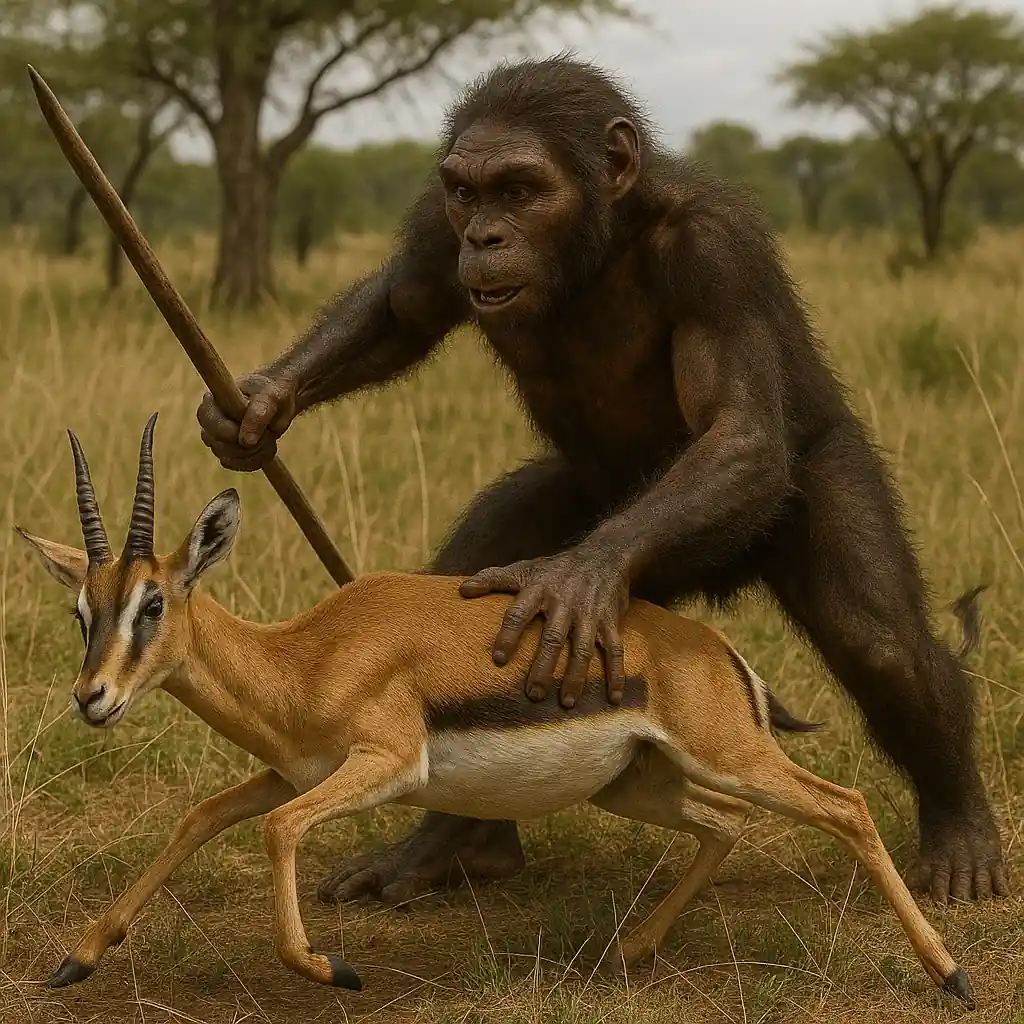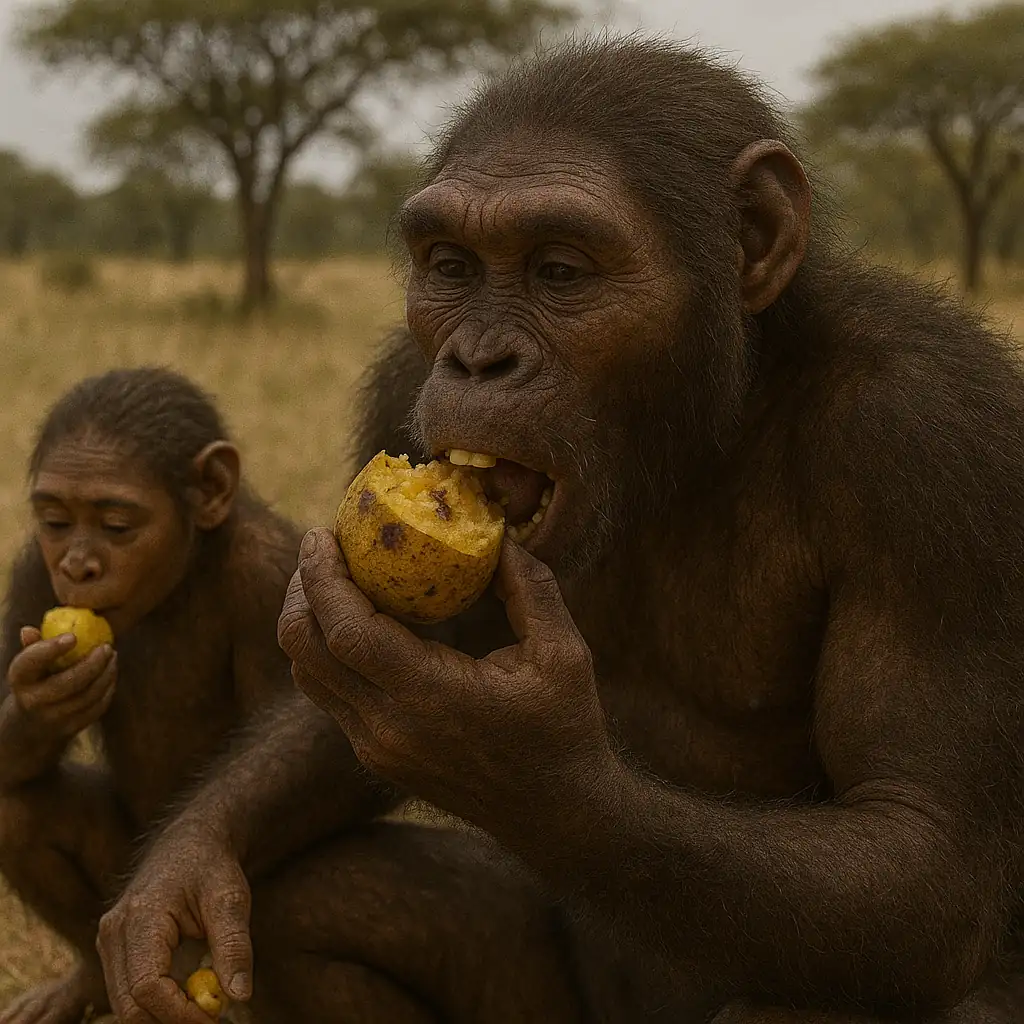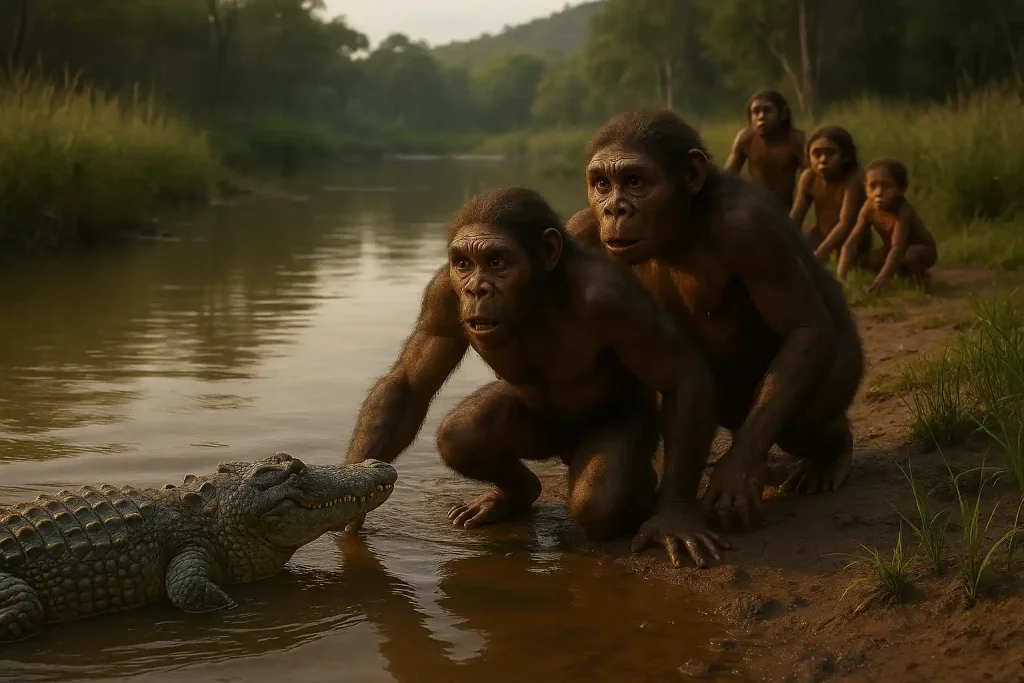Introduction
The narrative of human evolution begins with the remarkable hominins known as Australopithecus as the earliest human ancestors, who lived in Africa roughly 4 to 2 million years ago. These beings marked a critical transition from arboreal primates to those capable of walking upright, offering profound insights into our origins. This article explores their fossils, lifestyles, and contributions to the development of humanity.
The discovery of Australopithecus fossils challenged existing theories about human origins, establishing Africa as the cradle of humankind. Species like Australopithecus afarensis and Australopithecus africanus highlight their diversity and resilience. Their remains provide a window into the lives of these ancient beings and their role in shaping our evolutionary path.
Museums worldwide showcase these fossils, captivating researchers and the public with stories of early human evolution. Ongoing studies reveal details about their environments and behaviors. By exploring these ancient beings, we deepen our understanding of our own history and the journey of human development.

Uncovering Ancient Fossils
The first significant evidence of Australopithecus as the earliest human ancestors emerged in 1924, when Raymond Dart discovered the Taung Child skull in South Africa. This fossil, belonging to Australopithecus africanus, revealed a brain size similar to a chimpanzee’s but showed clear signs of bipedal locomotion. Dart’s findings contradicted the belief that humans evolved in Europe or Asia. His work established Africa as the origin of humankind. The Taung Child became a cornerstone in the study of early human evolution, sparking further exploration across the continent.
In 1974, Donald Johanson uncovered a nearly complete skeleton of Australopithecus afarensis, named “Lucy,” in Ethiopia’s Hadar region, dated to 3.2 million years ago. Lucy’s remains confirmed that these hominins walked upright, a key trait distinguishing them from other primates. Additional evidence, such as the Laetoli footprints in Tanzania, preserved 3.6 million years ago, demonstrated their bipedal gait. These footprints, likely made by Australopithecus afarensis, provided a vivid snapshot of their movement. Australopithecus fossils have since been found across East and South Africa, enriching our understanding of their diversity.
These discoveries have transformed our knowledge of human origins, highlighting the complexity within the Australopithecus genus. Each fossil offers a glimpse into their lives, from their diet to their interactions with the environment. The scientific community continues to analyze these remains using modern technology, such as 3D modeling and isotopic analysis. Such efforts ensure that the legacy of these fossils endures. They inform future generations about our evolutionary roots and the pivotal role of these early hominins.

Physical Traits and Daily Life
Australopithecus displayed a unique combination of ape-like and human-like traits that defined their existence. Their height ranged from 1.2 to 1.6 meters, with a brain capacity of about 400 to 500 cubic centimeters, roughly the size of a modern chimpanzee’s brain. Bipedalism, a hallmark feature, allowed them to navigate diverse landscapes, from savannas to woodlands. Australopithecus afarensis, for example, retained long arms for climbing, indicating a semi-arboreal lifestyle. Their skeletal structure suggests they balanced terrestrial movement with occasional tree-dwelling.
The dentition of these hominins reflects their dietary habits, which included fruits, leaves, roots, and possibly small animals. Australopithecus africanus, primarily found in southern Africa, showed slight variations in jaw structure, suggesting adaptations to different food sources. Their teeth, larger than those of modern humans but smaller than those of apes, indicate they were equipped to process tough, fibrous foods. This dietary flexibility helped them survive in fluctuating environments. Fossil evidence also points to a lifestyle that required both foraging and predator avoidance.
Living in small groups, Australopithecus likely relied on social cooperation to thrive in their challenging habitats. Their bipedal gait, while slower than that of modern humans, enabled them to cover greater distances in search of resources. These hominins adapted to a variety of ecological niches, which likely contributed to their evolutionary success. Their physical traits laid the groundwork for later hominins. Understanding their lifestyle provides a clearer picture of the gradual steps that shaped early human evolution.

Impact on Human Evolution
Australopithecus as the earliest human ancestors played a critical role in the progression toward the genus Homo, marking a significant evolutionary milestone. Their adoption of bipedalism freed their hands, setting the stage for the eventual development of tool use and other complex behaviors. Australopithecus afarensis, represented by Lucy, bridged the gap between arboreal ancestors and terrestrial hominins. This adaptation likely improved their ability to forage across larger areas and exploit diverse food sources. Environmental changes, such as the expansion of savannas, drove these evolutionary shifts.
Australopithecus africanus contributed to this lineage with its slightly larger brain and refined dentition, suggesting an increase in cognitive capacity. These traits indicate early steps toward the intellectual capabilities seen in later Homo species. The fossils of these hominins show a gradual transition in physical features, linking them to early members of the Homo genus. Variations across species reflect their adaptability to different regions. This progression underscores the complexity of human evolution over millions of years.
The impact of these early hominins extends beyond their physical adaptations, influencing social and behavioral developments. Bipedalism may have facilitated greater social interaction, as freed hands allowed for gestures and communication. Early human evolution benefited from these changes, paving the way for the emergence of more advanced hominins. Their role as a transitional species highlights the gradual nature of evolutionary change. Australopithecus remains a key focus for understanding the origins of human characteristics.

Social Structures and Environment
Australopithecus lived in environments that ranged from dense woodlands to open savannas, shaping their survival strategies. Fossil sites in East Africa, such as Hadar and Laetoli, suggest they thrived in diverse habitats alongside other animals like early elephants and antelopes. The variability in their surroundings required adaptability, which likely influenced their physical and social evolution. Evidence from bone chemistry indicates they consumed a varied diet, adapting to seasonal changes. These environmental factors played a crucial role in their development.
Socially, Australopithecus likely formed small, cooperative groups to enhance their chances of survival. Their fossils show signs of sexual dimorphism, with males being larger than females, suggesting a social structure possibly centered around mating competition. However, the presence of shared resources and group living implies some level of cooperation. Such social dynamics may have fostered early forms of communication and bonding. These interactions laid the groundwork for the complex social behaviors seen in later hominins.
The interplay between their environment and social structures highlights the adaptability of these early hominins. Living in groups provided protection against predators, while their diverse diet ensured resilience in changing climates. The ability to navigate both trees and open terrain gave them a survival edge. These factors contributed to their evolutionary success over millions of years. Understanding their social and environmental context offers deeper insights into the origins of human sociality.

Legacy in Science and Culture
Australopithecus as the earliest human ancestors holds immense cultural and scientific importance, captivating researchers and the public alike. Museums around the world showcase their fossils, such as the iconic skeleton of Lucy, to educate visitors about the origins of humanity. These displays bring the story of early human evolution to life, connecting people with their ancient past. Australopithecus afarensis and Australopithecus africanus have become symbols of our shared evolutionary journey. Their remains serve as a tangible link to the dawn of humankind.
Scientific advancements have deepened our understanding of Australopithecus fossils, revealing new details about their lives and environments. Techniques like 3D modeling and isotopic analysis allow researchers to reconstruct their diets, movements, and social structures. Excavations in East and South Africa continue to uncover additional specimens, expanding the fossil record. These studies provide a foundation for ongoing debates about the origins of bipedalism and cognitive development. They highlight the dynamic nature of paleoanthropological research.
The legacy of these hominins inspires both academic inquiry and public fascination with human origins. Their story encourages reflection on what it means to be human, bridging the gap between our ancient past and present identity. Researchers remain committed to preserving these fossils and their archaeological contexts for future generations. By studying Australopithecus, we honor the first steps of our evolutionary journey. This enduring significance ensures their place in the narrative of human history.

Leave a Reply